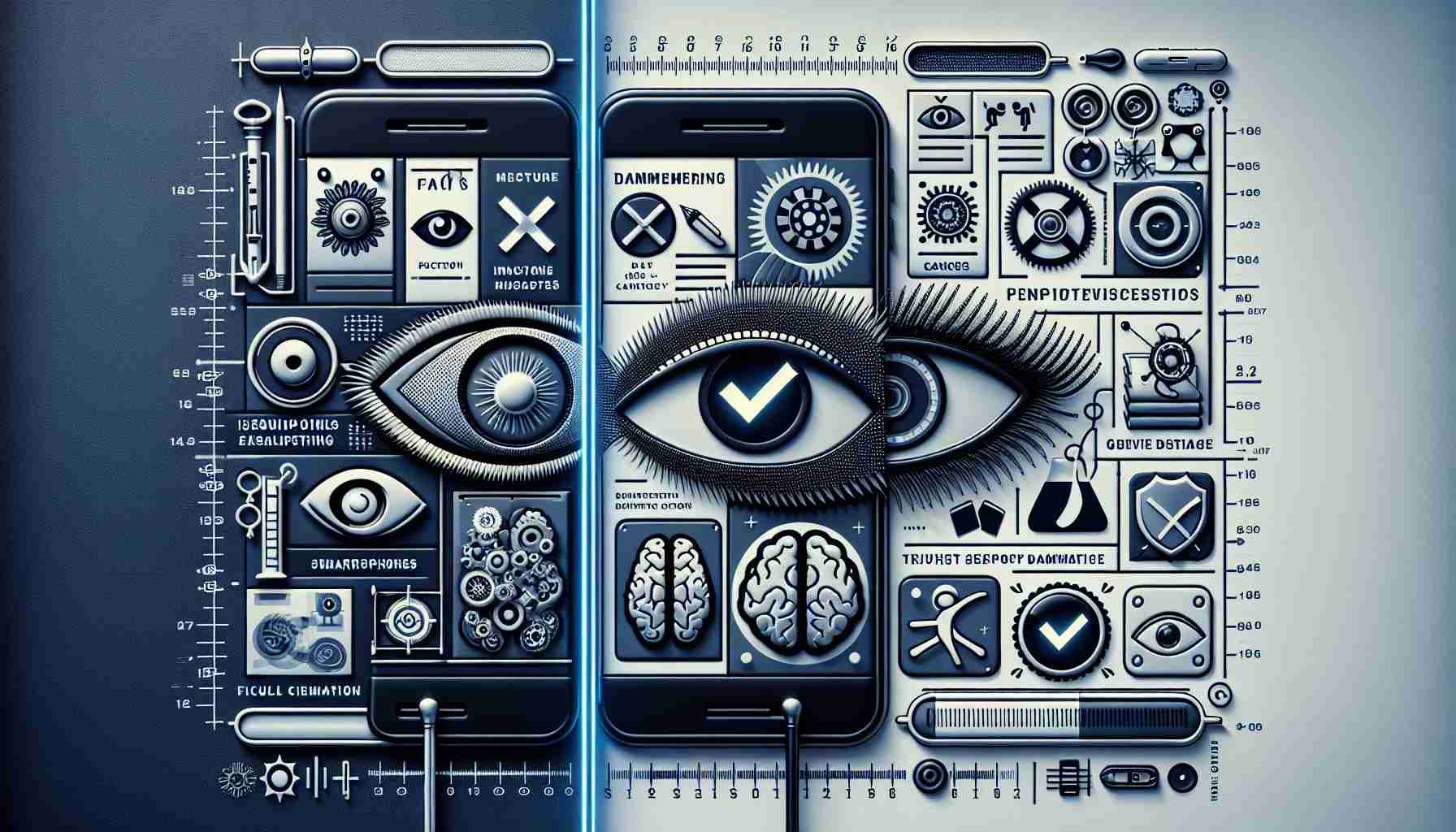The Digital Myth of “iPhone Finger”
As smartphones remain ever-present in our lives, a peculiar notion dubbed “iPhone finger” emerged within online circles—a belief that gripping a smartphone could lead to a permanent dent in the pinky. This claim, however, lacks scientific backing, with medical professionals confirming that such a condition is not recognized in the medical field, nor does it hold any evidence of occurrence.
Understanding Real Concerns of Mobile Usage
While the “iPhone finger” resides in the realm of digital folklore, legitimate health consequences do stem from excessive phone use. Concerning conditions like ‘smartphone elbow’, a complication from prolonged elbow bending, and ‘texting thumb’—which describes thumb pain from repeated texting—are genuine issues that can cause discomfort or even nerve damage.
Preventative Measures for Safer Phone Interaction
To address these actual health risks, ergonomics experts have developed strategies for safe smartphone engagement. These include recommendations for proper phone handling and taking necessary breaks to reduce the risk of issues like carpal tunnel syndrome. Their advice plays a critical role in maintaining hand and wrist health in today’s digital age.
Psychological Impacts and Mental Wellbeing Strategies
Beyond the physical, professionals also point to potential psychological effects due to non-stop connectivity, such as increased stress levels and sleep disruptions. Tools and techniques for digital wellbeing are crucial in balancing the multitude of benefits smartphones provide against their possible adverse mental health effects.
For those looking to make informed decisions regarding smartphone use, it is essential to turn to trusted health information sources. The World Health Organization, the Mayo Clinic, and the American Academy of Orthopaedic Surgeons are among key authorities that offer well-researched guidance to help users mitigate risks and protect their health in the digital era.
Smartphone Use Does Not Reshape Fingers
In addressing common inquiries, experts clarify that smartphone usage does not physically alter fingers’ shapes—a reassurance to those concerned about developing an “iPhone finger.” Rather, users should focus on preventing real ailments related to phone overuse by practicing ergonomic habits.
Challenges in Promoting Accurate Health Information
One principal challenge is combating misinformation like the “iPhone finger” myth, which can lead to unwarranted anxiety among users. Educating the public on the significance of ergonomics in preventing real health issues is an ongoing endeavor in the digital health community.
Whether leveraging the myriad of advantages smartphones offer or mitigating their negative effects, maintaining an informed perspective on health is essential. Users are advised to consult reliable health authorities for accurate guidelines and advice related to smartphone ergonomics and their health impact.
Addressing Smartphone Usage Concerns: Ergonomics and Health
While dispelling myths like “iPhone finger,” it’s imperative to address the tangible ergonomic and health concerns associated with smartphone usage. Prolonged use of small electronic devices can contribute to repetitive strain injuries (RSIs), including carpal tunnel syndrome, tendinitis, and neck strain—often referred to as “text neck.”
Preventing and Easing Smart Device-Related Discomfort
Preventative measures include adopting an ergonomic posture, taking frequent breaks, and stretching. Physical therapy and specific ergonomic devices designed for smartphones can also alleviate or prevent discomfort. Notably, manufacturers and app developers increasingly consider ergonomics in their designs, incorporating voice recognition and larger screens to reduce the need for repetitive motions.
Understanding the Mental Health Dynamic
The constant connectivity enabled by smartphones can indeed lead to increased stress, sleep problems, and even contribute to mental health disorders like anxiety and depression. It is essential to foster healthy digital habits, such as setting boundaries for work communication outside of office hours and using smartphone settings like “Do Not Disturb” during personal time.
Navigating Digital Information Overload
A significant challenge in the digital age is information overload and determining the reliability of online health advice. Users should develop critical thinking skills to assess the credibility of sources and consult reputable organizations for guidance.
Advantages of smartphones include instant access to information, communication, and a variety of apps that enhance daily life, work, and health management. Disadvantages encompass the potential negative impact on physical and mental health due to overuse, privacy and security concerns, and the spread of misinformation.
Trusted sources for health-related information regarding technology usage include the World Health Organization (WHO), the Mayo Clinic, and the American Academy of Orthopaedic Surgeons. Always verify the information through credible institutions and peer-reviewed studies when possible.
